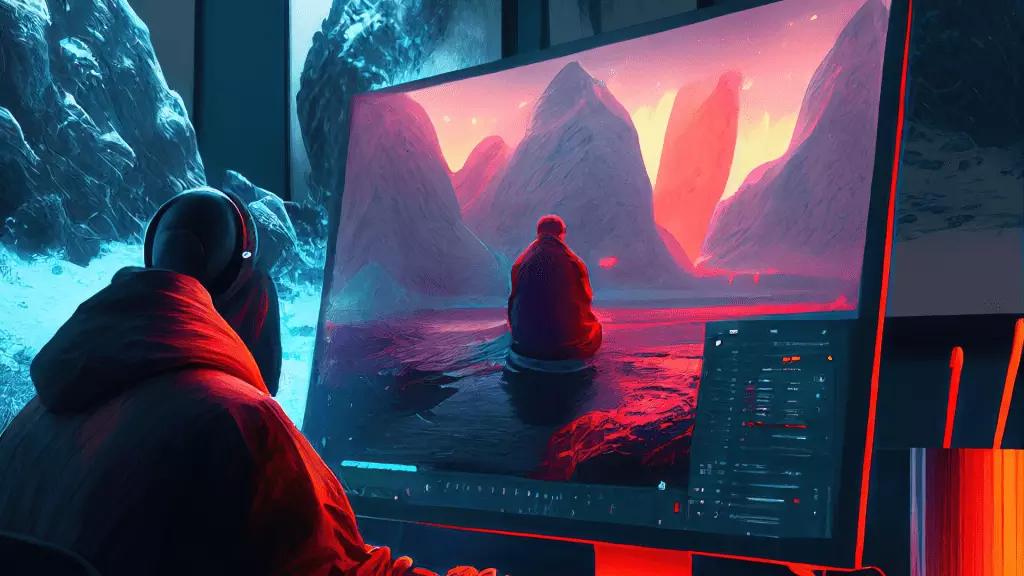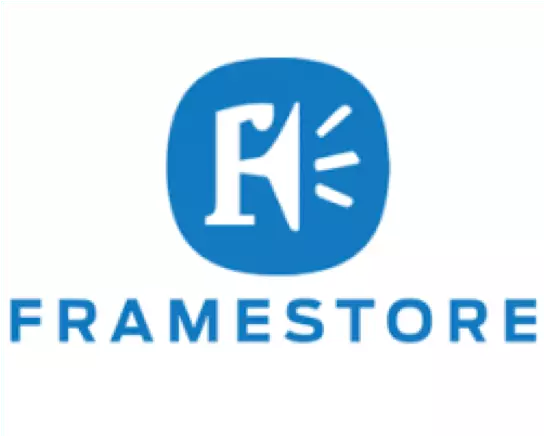Case Studies
- Case Studies

Framestore
World-renowned visual effects (VFX) company Framestore is changing the way we see and explore our world, through movies, advertising, and immersive digital experiences. From offices around the world, Framestore’s VFX artists work night and day to transport us to new places and bring our favorite characters to life. Framestore partnered with pixitmedia and NetApp to empower its global integrated advertising team with higher performance and non-stop access to data.
Since its founding in 1986, Framestore has had a singular mission: Use technology to create the most extraordinary images possible. Over the last 30 years, the Oscar-, Emmy-, and British Academy Film Award–winning creative studio has left its mark on countless blockbusters, including Harry Potter, Gravity, and Guardians of the Galaxy. Framestore’s integrated advertising division is also behind iconic ad campaigns for global brands such as Guinness, Coke, AT&T, BMW, and Geico. Recently, Framestore has also leveraged its expertise to create eye-popping content for virtual reality (VR) experiences and theme-park rides. Framestore’s reputation as one of the world’s foremost VFX houses has brought in a growing stream of high-profile, super-data-intensive finishing and VFX projects.
To meet demand for fast, reliable data access throughout the creative process, Framestore’s integrated advertising division chose pixitmedia’s pixstor software-defined scale-out storage solution running on NetApp E-Series systems. With this solution in place, Framestore can ensure performance and consistency across all five sites; can take a cost-effective, simplified approach to disaster recovery; and has a modular infrastructure to support multiple workflows and future expansion.
We often need to adapt quickly to accommodate multiple workflows like stereoscopic 4K and VR, with pixstor and NetApp, we get exactly the right balance of everything we need — the ability to control hardware costs, and the reassurance that we have partners that really understand our workflow and applications. pixit guarantees performance to the edit stations in a model that we can easily reproduce globally.
Beren Lewis, Global Head of Technology, Integrated Advertising at Framestore

pixstor running on E-Series provides the high performance Framestore needs so that its VFX, finishing, and rendering workloads can all run full-out with no negative effect on the finishing editors’ or graphic artists’ user experience. This capability is revolutionary in an industry that traditionally partitions off these three workloads to keep artists from grinding to a halt. By consolidating all three workloads onto a single IT infrastructure, end-to-end production of projects is streamlined, reducing both time to completion and operational costs. And a hidden, but not insignificant, benefit is that both IT acquisition and maintenance costs are reduced.

“With pixstor running on E-Series, Framestore can now confidently scale to take on multiple dataintensive, high-resolution projects at the same time. Recently, the studio spent several months with 60 VFX artists creating 4K, 60-frame-per-second content for a major theme-park ride. In the middle of this production,” explains David Bees, lead systems engineer at Framestore in Los Angeles, “Framestore took on a VR project that alone would have meant trouble for our previous storage infrastructure.”
The project involved 20TB of source material, which when decompressed resulted in 70TB of content. “The pixstor and NetApp system supported video preprocessing—decompression, warping, wrapping, and stitching— of multiple camera angles into 360-degree volumetric images for real-time VR playback,” adds Bees.
During the heaviest days of processing, the pixstor solution was running at 270,000 IOPS, which was at least several times what Framestore’s previous infrastructure would have been able to handle in a single namespace. Meanwhile, the development workflow for the theme-park ride proceeded, unhindered by all the VR preprocessing. Backups to remote colocation sites sync every two hours without compromising artist, rendering, or finishing workloads, providing a cost-effective, simplified approach to disaster recovery. Most important, Framestore now has a fast, tightly integrated platform to support its ambitious expansion plans.
“In VR, we are seeing more requirements for complicated and resource-hungry projects,” says Lewis. “With the pixstor and NetApp solution in place, Framestore is positioned to bid on and deliver larger projects with confidence.”









